Figures & data
Table 1. Experimental conditions of the performed incubator runs.
Fig. 1. Cluster analysis of the presence and absence of the major phototrophic taxa in the inocula. Grey boxes: presence; white boxes: absence. Inocula are ordered by their similarity, represented by the dendrogram on top.
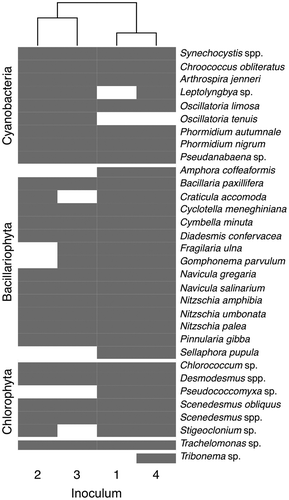
Figs 2–7. Light micrographs of the main phototrophs composing cultured biofilms. Chains of Diadesmis confervacea are shown together with pointed Scenedesmus sp. cells, round (arrow) and dividing (asterisks) cells of Synechocystis sp.; Chroococcus sp. (arrow); Oscillatoria tenuis; Phormidium autumnale; Phormidium sp.; Scenedesmus sp. colony (arrow). Scale bars: 10 µm.
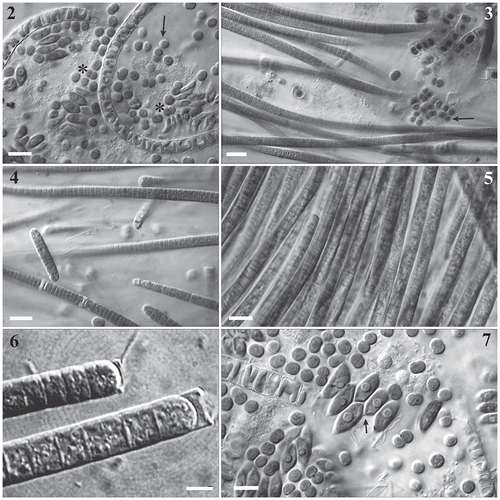
Figs 8–13. TEM micrographs of the main phototrophs found in cultured phototrophic biofilms. Synechocystis sp., showing a layered envelope with radial projections (asterisk); Pseudanabaena sp., arrow indicates characteristic parietal arrangement of thylakoids in longitudinal section; Phormidium sp.; Chlorococcum sp., arrow indicates a single plastid and pyrenoid; Scenedesmus sp.; Diadesmis confervacea, overlap of girdle bands is visible in lateral view of a cell chain (arrow).Scale bars: 5 µm.
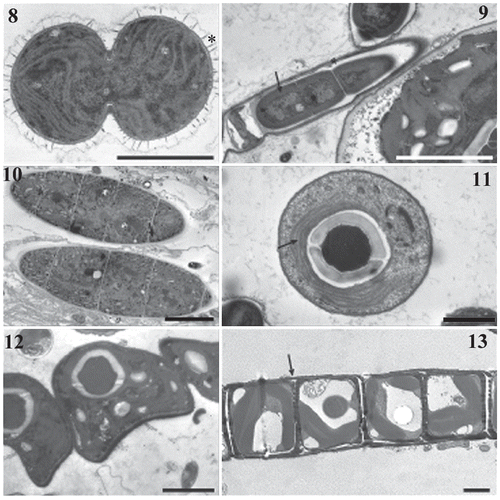
Fig. 14. Biomass accumulation. Top panels: time series of the biofilm absorbance along 30 d of observation in the four performed incubator runs. Bold: L120, Continuous: L60, Dashed: L30. Bottom panels: heatmaps of the growth curve parameters λ, μ, Amax.
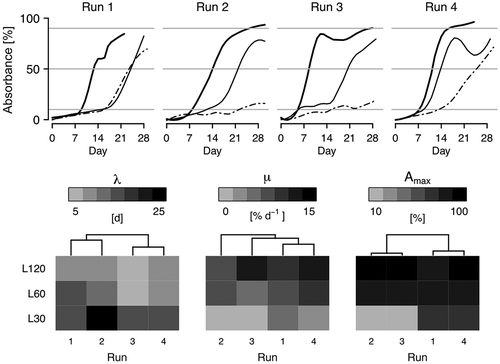
Fig. 15. Phototrophic diversity and biovolume values (VTotal). Top panel: Gini–Simpson Index of Diversity (D). Bottom panel: phototrophic biovolumes across all experiments. ‘E’ indicates the earliest observation, ‘L’ is the last, most mature sample.
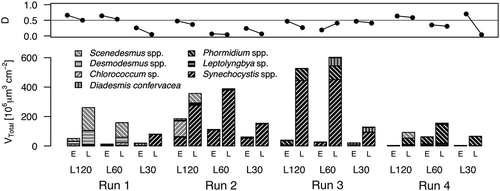
Fig. 16. Heatmaps of total biovolume (VTotal, top row), Gini–Simpson Index of Diversity (D, middle row) and species proportion (pi, bottom row) data. Left column: earliest observation. Right column: latest observation.
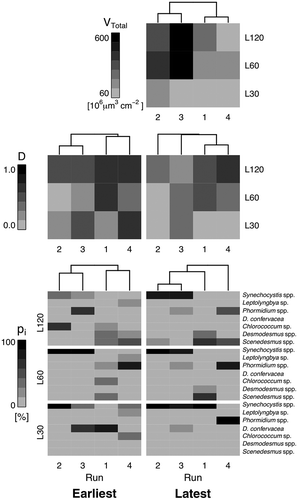
Table 2. Dominant taxa observed in each run. Values give mean and standard deviation of the proportion.
